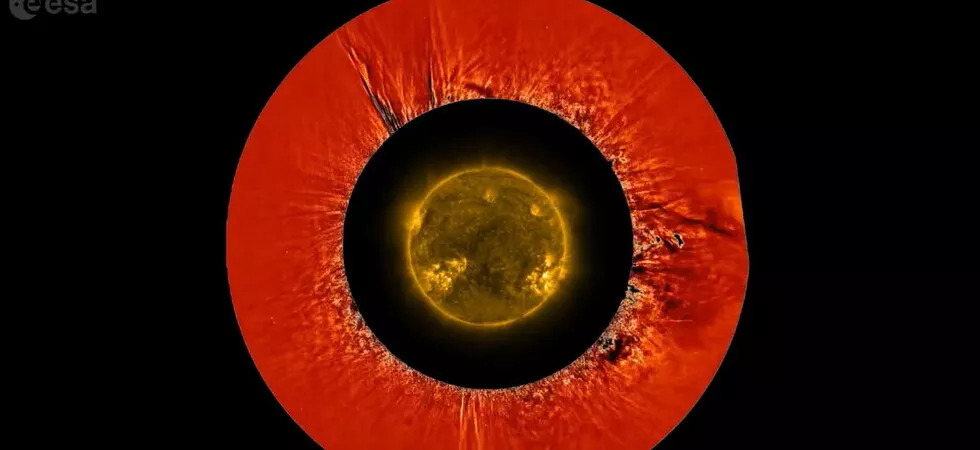

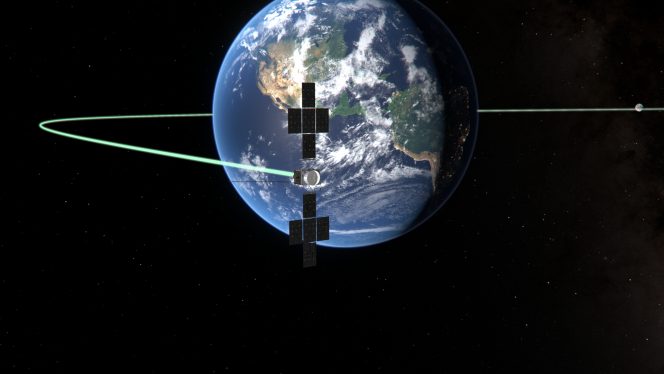
Juice rerouted to Venus in world’s first lunar-Earth flyby
ESA’s Jupiter Icy Moons Explorer (Juice) has successfully completed a world-first lunar-Earth flyby, using the gravity of Earth to send it Venus-bound, on a shortcut to Jupiter through the inner Solar System.
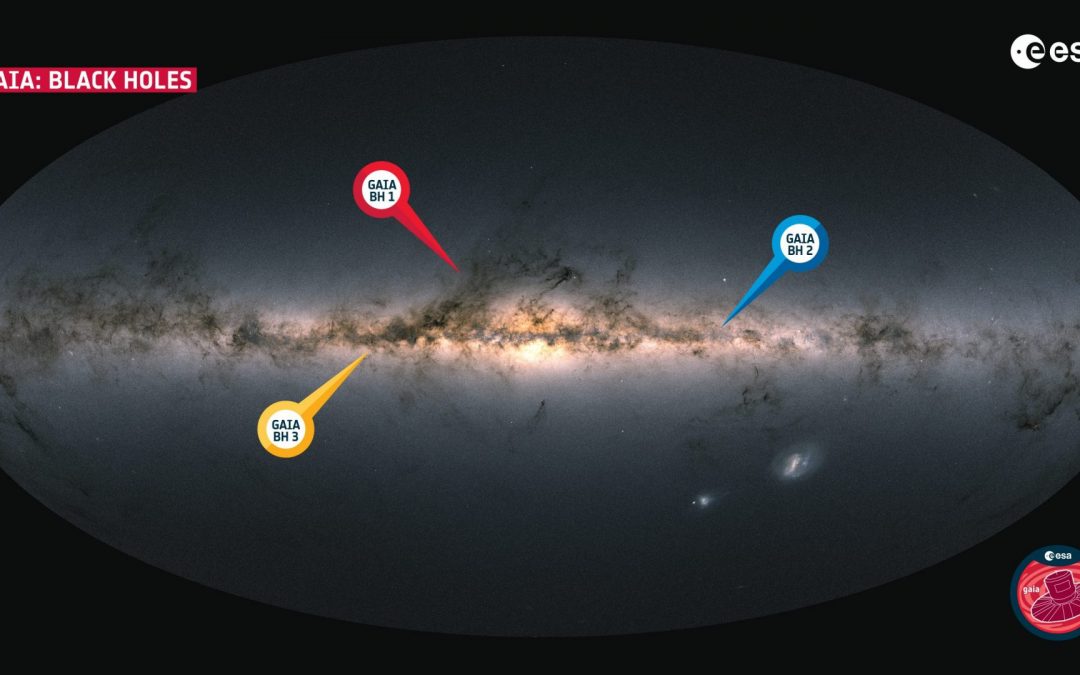
Most massive stellar black hole in our galaxy found
Astronomers have identified the most massive stellar black hole yet discovered in the Milky Way galaxy. This black hole was spotted in data from the European Space Agency’s Gaia mission because it imposes an odd ‘wobbling’ motion on the companion star orbiting it. Data from the European Southern Observatory’s Very Large Telescope (ESO’s VLT) and other ground-based observatories were used to verify the mass of the black hole, putting it at an impressive 33 times that of the Sun.
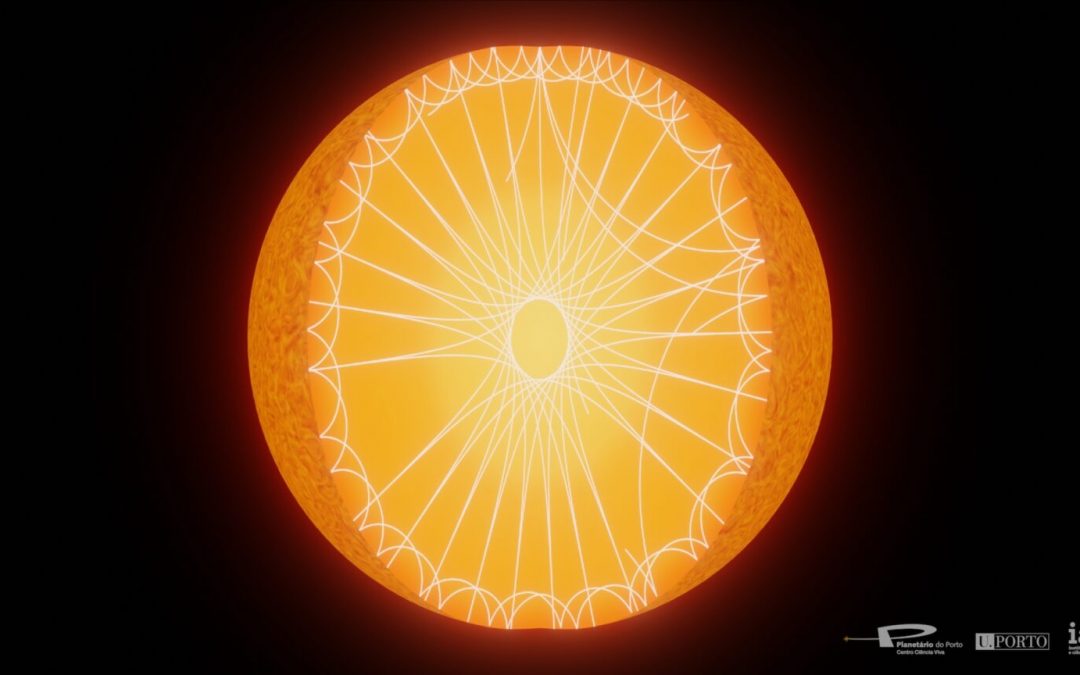
Tiniest “starquakes” ever detected
At a distance of 11.9 light years, Epsilon Indi (ε Indi) is an orange dwarf star (also known as a K dwarf) with 71% of the Sun’s diameter. An international team1, led by Instituto de Astrofísica e Ciências do Espaço (IA2) reseacher Tiago Campante, studied this star...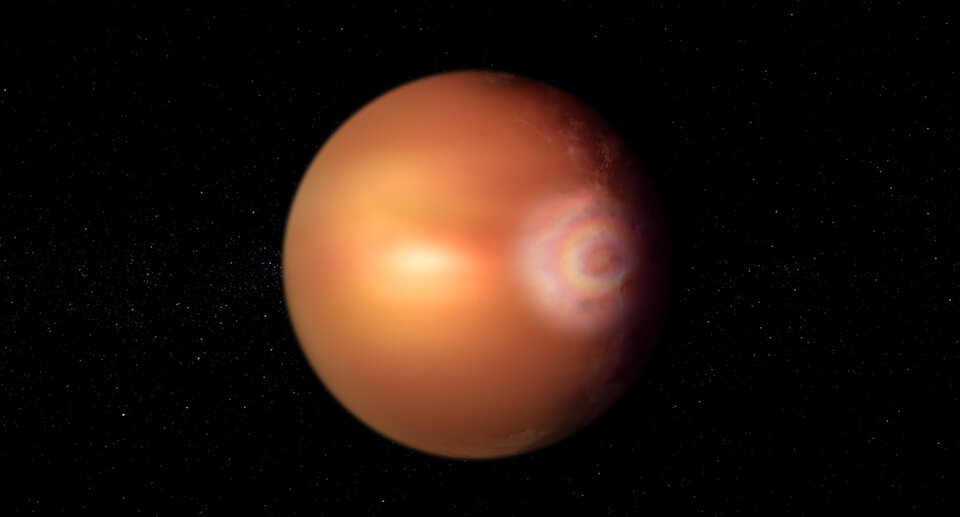
First ‘glory’ on hellish distant world?
For the first time, potential signs of the rainbow-like ‘glory effect’ have been detected on a planet outside our Solar System. Glory are colourful concentric rings of light that occur only under peculiar conditions.
Data from ESA’s sensitive Characterising ExOplanet Satellite, Cheops, along with several other ESA and NASA missions, suggest this delicate phenomenon is beaming straight at Earth from the hellish atmosphere of ultra-hot gas giant WASP-76b, 637 light-years away.
Seen often on Earth, the effect has only been found once on another planet, Venus. If confirmed, this first extrasolar glory will reveal more about the nature of this puzzling exoplanet, with exciting lessons for how to better understand strange, distant worlds.